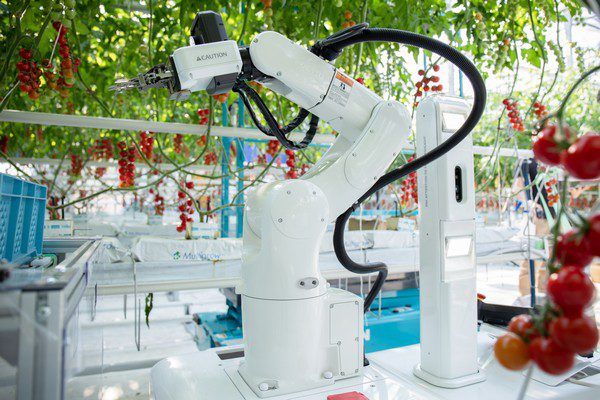Surna Cultivation Technologies Announces Benching And Racking Line-Up
Continues Expanding Surna’s Product Offering to Commercial Growers
Surna Inc. (OTCQB: SRNA), operating as Surna Cultivation Technologies, announced another expansion to its products and service offering to include benching and racking equipment. Surna is a seasoned leader in the controlled environment agriculture (CEA) market and is intent on bringing the most efficient and sustainable designs and systems to the industry. Surna’s benching and racking can be adapted to the grower’s specific requirements.
“Whether you’re a craft grower with a limited amount of space, or a large commercial grower with thousands of square feet and expansion plans, some sort of benching or racking is required for a successful grow. This is true whether you’re cultivating cannabis or food,” said Jamie English, Surna’s Vice President of Marketing Communications. “As Surna has rapidly but thoughtfully expanded its product and services offering, benching and racking systems are a natural fit to add to our line-up of design and equipment offerings.”
Surna now offers a full portfolio of benching and racking options that include single-tier, ebb and flow growing benches, stationary benches, rolling and tracking benches, multi-tier vertical farming racks (also known as archive shelves), and cloning and drying racks.
About Surna
Surna Inc. (www.surna.com), operating as Surna Cultivation Technologies, is an industry leader in CEA facility design and technologies. We provide full-service licensed architectural and mechanical, electrical, and plumbing (MEP) engineering services, carefully curated HVACD equipment, proprietary controls systems, and benching and racking products. Our team of project managers, licensed professional architects and engineers, technology and horticulture specialists and systems integrations experts help our customers by precisely designing for their unique applications. Through our partnership with a certified service contractor network, we provide installation and maintenance services to assist in a smooth build-out and optimal facility performance. We have been providing solutions to indoor growers for over 15 years and have served over 800 cultivators with over 200 of them being large, commercial projects.
Headquartered in Boulder, Colorado, we leverage our experience in the industry to bring value-added solutions to our customers that help improve their overall crop quality and yield, optimize energy and water efficiency, and satisfy evolving state and local codes, permitting and regulatory requirements.
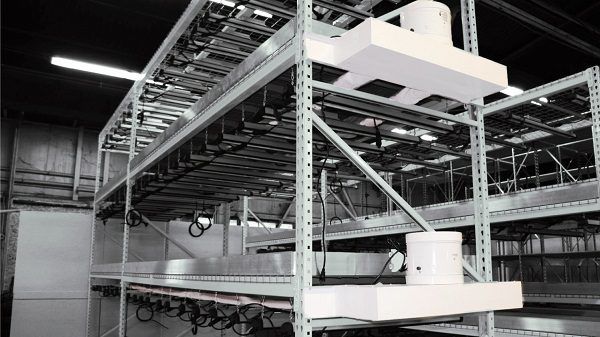
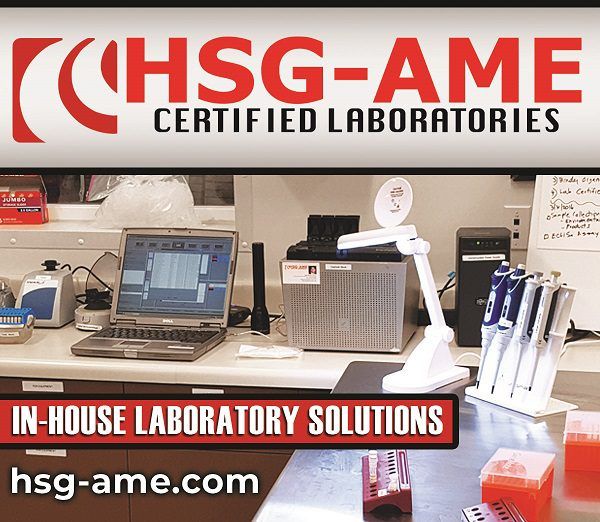
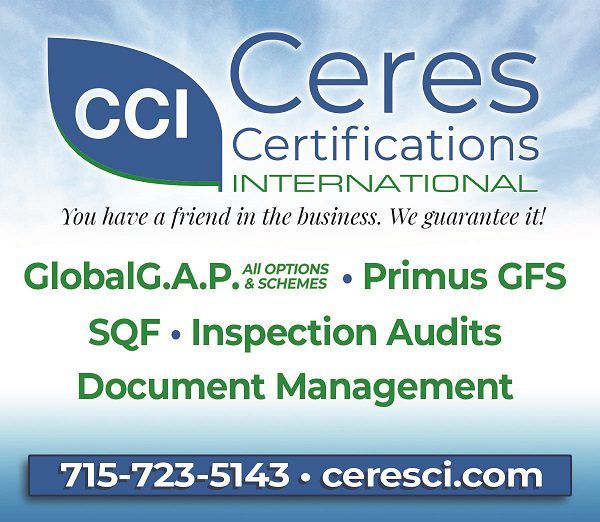
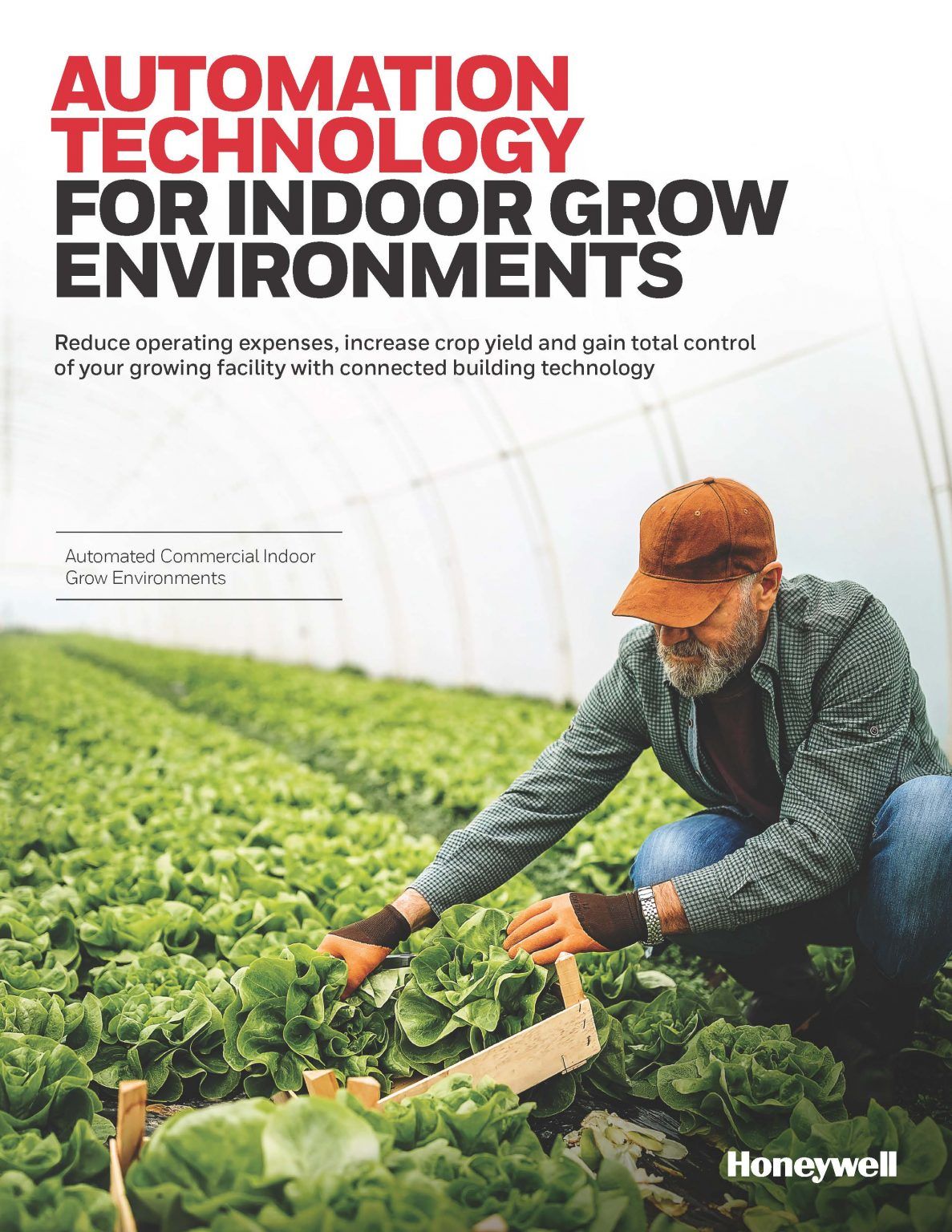



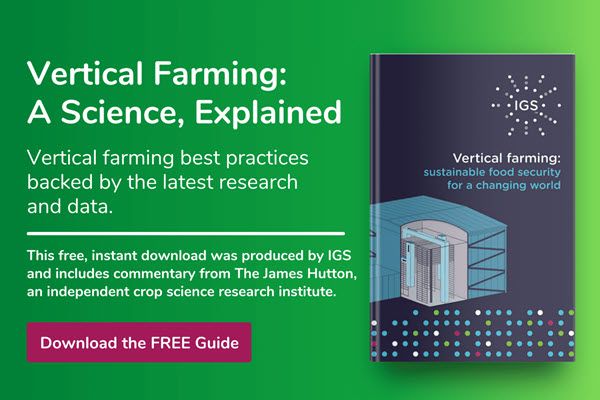

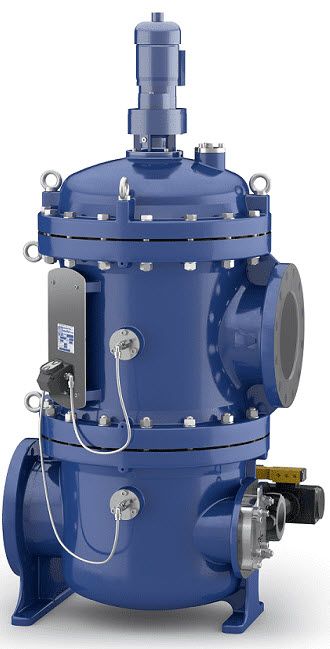

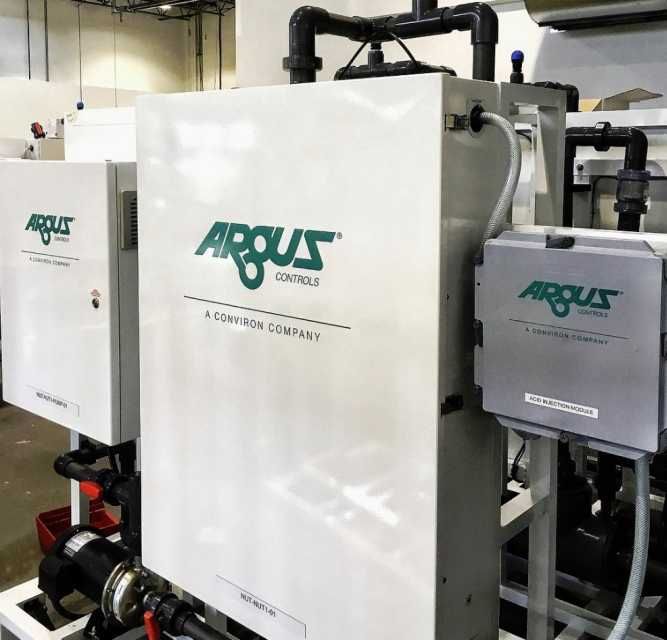



 New product line is 40% lighter while retaining trusted strength and durability of MFG’s fiber glass reinforced composite.
New product line is 40% lighter while retaining trusted strength and durability of MFG’s fiber glass reinforced composite. >>Dimensionally stable and exceptional structural strength
>>Dimensionally stable and exceptional structural strength
